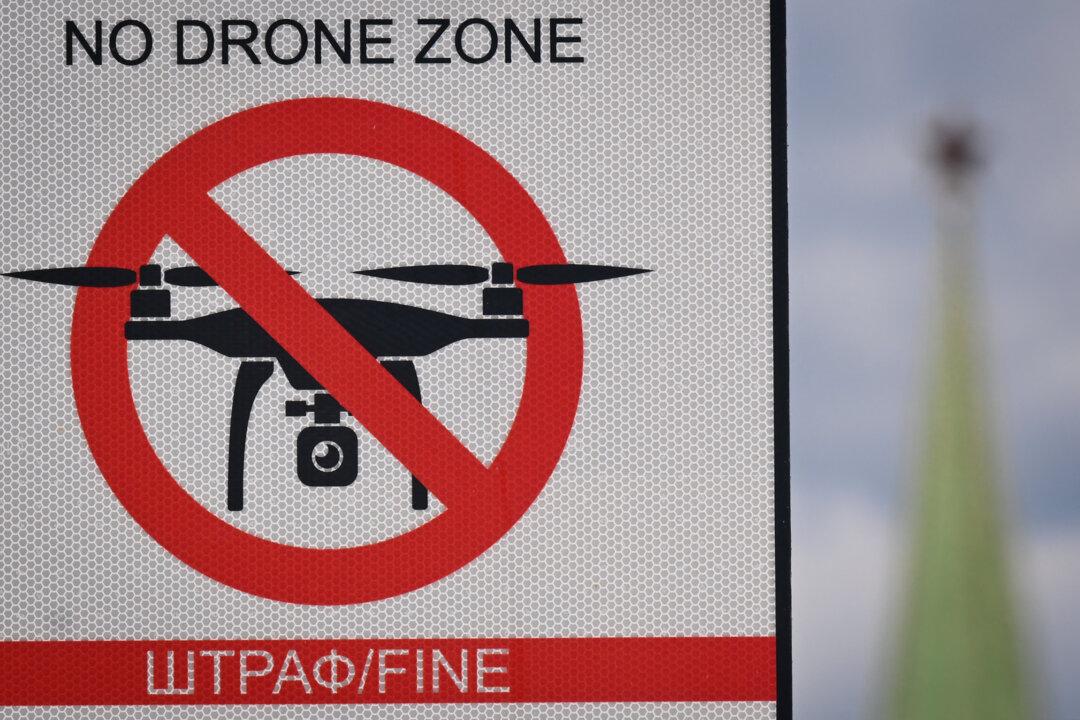Commentary
Ukraine has become a proving ground for many of the tactics, techniques, and technologies that will transform that next era of warfare. One recent development foreshadows a novel, potentially strategic threat against the U.S. homeland.

Ukraine has become a proving ground for many of the tactics, techniques, and technologies that will transform that next era of warfare. One recent development foreshadows a novel, potentially strategic threat against the U.S. homeland.